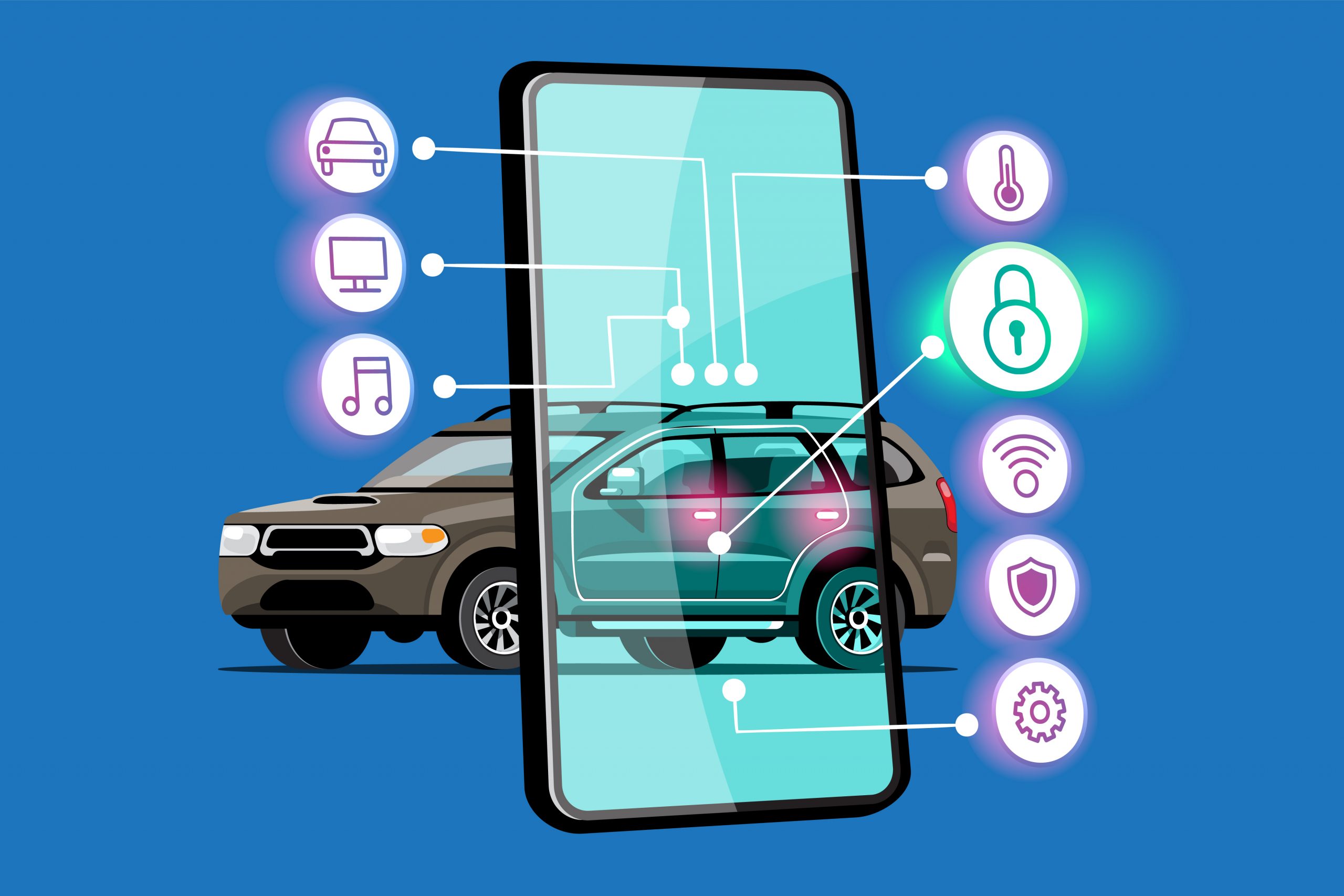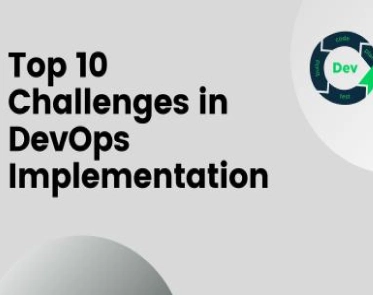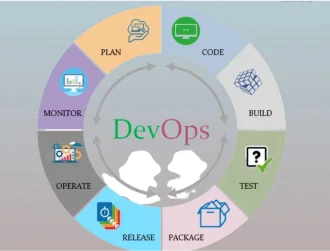Amidst a massive disruption in the automotive industry, the role of software in driving innovation is increasingly vital. Technologies like autonomous vehicles and advanced driver-assistance systems (ADAS) necessitate increasingly complex software.
This necessitates optimizing software development processes, making CI/CD a critical practice driving this change. The automotive software market is expected to grow at 9.4 percent per year through 2030.
To ensure you know the current automotive software development trends in software development in this field, this article will touch on some CI/CD best practices, its benefits, and much more.
Benefits of CI/CD pipelines
In automobile software development, CI/CD pipelines offer several benefits:
- Coverage of code and tests
Knowing which code is and isn’t covered by test cases helps teams identify potential bug locations. Knowing how many additional test cases are needed to reach the desired code coverage level and achieve more accurate findings is also helpful.
- Standards for codes
With the use of static analysis within CI/CD DevOps in automotive industry cycle, there is a high probability that code conforms better to industrial coding guidelines, and it does provide room for enhancement.
- Continuous test automation
With minimal human intervention, fully automated, continuous software testing can be achieved for the automotive industry, resulting in significant labor and cost savings.
- Shift-left testing
By testing early and often, you can minimize the number of threat vectors, errors, and problems with workflow. The earlier discovery of bugs reduces deployment times, reduced project costs, and easier fixes.
- Safety measure
Static analysis standards like SEI CERT C/C++ aid in identifying security defects and vulnerabilities early in the development stage.
- Data-driven
Continuous testing relies on data generation and analysis. By getting the right quality of information for the scenarios you wish to undertake, you can generate better simulations compared with production data sources.
Best practices for CI/CD
Some of the CI/CD best practices include:
- Automated testing across the spectrum:
A suite of automated tests is a foundational best practice in CI/CD for automotive software. This includes unit tests, integration tests, and end-to-end validation of each code modification. In the automobile world, given that software is safety-critical, this type of testing ensures early defect identification during development and, therefore, reduces issues in production.
- Parallelization of builds:
With regards to software development in automotive field that requires numerous interdependent components and modules, parallelizing builds is essential. This technique maximizes resource utilization and practically eliminates build times. Quicker builds create shorter feedback cycles, allowing the developers to iterate faster and keep up with the momentum of the development process.
- Continuous integration with version control:
Tight integration between CI and version control systems, such as Git, is crucial. This guarantees that modifications are smoothly committed to the core codebase, encouraging cooperation and avoiding merge conflicts. Continuous integration changes will allow development teams to correct problems immediately, preserve code consistency, and keep the software in deployment.
- Environment standardization:
Standardization of development and testing environments is essential in automotive software. CI/CD pipelines should be set to use similar environments in various stages: development, testing, and production. Containerization tools such as Docker can isolate dependencies, facilitating reproducible environments that decrease deployment issues.
- Artifact management for Traceability:
Traceability is a best practice throughout the CI/CD pipeline to manage effective artifacts. These encompass dealing with and configuring build artifacts, dependencies, as well as libraries.
The artifacts being collected, stored, and maintained in a centralized repository enable the reconstruction of software at any point during its development cycle – thereby facilitating auditing, debugging, and enforcing uniform deployments.
- Comprehensive monitoring and feedback mechanisms:
Monitoring the software continuously, both in pre-production and production settings, is essential. This refers to active monitoring of the application performance, system behavior, and security metrics in real time. Using feedback mechanisms in the CI/CD pipeline leads to quicker issue identification and, thus, a reaction that would reduce negative implications on vehicle performance and safety.
CI/CD tools for automotive software development
Some particular solutions on CI/CD have become well-known in the software development space for automotive due to their abilities to enhance cooperation and speed up processes. A few noteworthy CI/CD tools include these:
- Jenkins:
Jenkins is one of the most common open-source automation servers used in software development, testing, and deployment platforms. Because of its plugin-based extensibility, it is used by automotive software development teams needing customized continuous integration and delivery pipelines to meet their needs.
- GitLab CI/CD:
Another platform is GitLab CI/CD, offering an integrated environment for solution development. Auto DevOps is one of its features that uses best practices to automate the configuration for CI/CD pipelines. The full pipeline could be easily set up and maintained using the GitLab CI/CD.
- Travis CI:
Travis CI is a cloud-based continuous integration and delivery service integrated with GitHub repositories, known for its user-friendly interface. Since Travis CI can parallel build, developers working on software projects related to the automotive industry have a shorter feedback cycle.
- CircleCI:
CircleCI is a cloud-based CI/CD platform that automates software development. With a configuration-as-code approach, users can specify their continuous integration and delivery pipelines in simple YAML syntax. CircleCI works quite well for software projects of various scales in the automobile industry due to its capacity for scalability and parallelism.
CI/CD for automotive applications: meeting industry challenges
Adapting to the specific problems encountered while implementing CI/CD in the automobile industry is unavoidable. Safety, security, and compliance in the case of automobile software ought to come first. Some particular things to think about are:
- Safety standards compliance:
Automotive software has to meet strict standards of safety, including ISO 26262. Functional safety testing is an important aspect of the CI/CD methods that works to ensure software components conform with standards as far as SIL.
- Security testing:
The need for cyber security increases with car connectivity. Continuous integration in automotive software and continuous delivery pipelines should integrate appropriate security testing technologies that can detect vulnerabilities as early as possible during the development phase.
- Continual monitoring:
Constant monitoring procedures should be integrated into the CI/CD pipeline to address issues as they emerge. The security metrics measuring application behavior and system performance are obtained in this process to determine that automotive software remains in dependable conditions.
Conclusion
It is evident that the CI/CD best practices are necessary to accelerate innovation. A continuous integration and deployment system leads to increased productivity and reliability, enhances security, and simplifies development processes.
As the industry continues to evolve, automotive firms must adopt CI/CD and DevOps consulting services to compete and develop new solutions that customers will embrace. Adopting CI/CD solutions, adhering to industry standards, and monitoring changes in the rapidly evolving automotive sector requires agile and appropriate responses from software developers.









